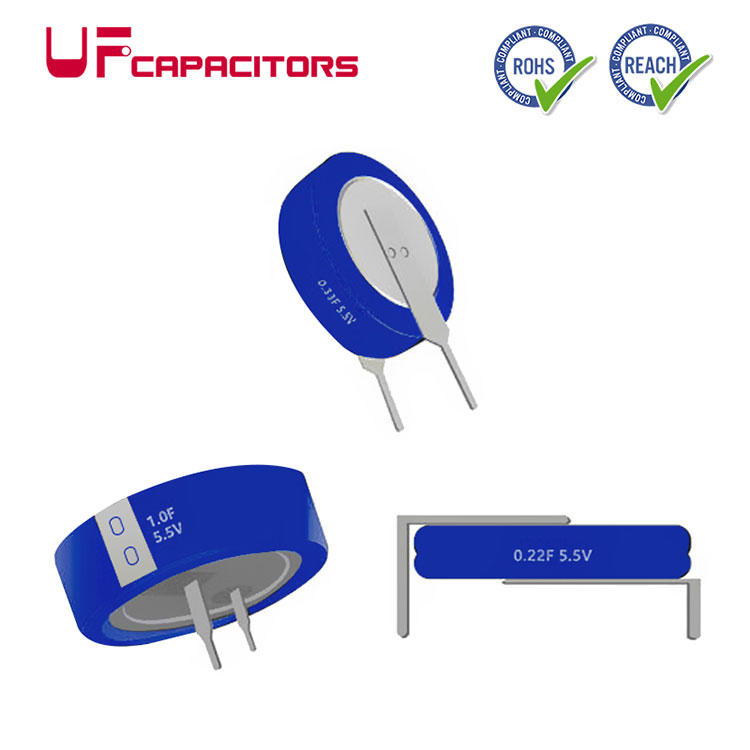What is the difference between normal and super capacitor?
2023-10-17
Normal capacitors, also known as traditional capacitors or electrolytic capacitors, and supercapacitors, also called ultracapacitors or electric double-layer capacitors (EDLCs), differ in several key aspects, including their energy storage capacity, construction, working principle, and applications. Here are the main differences between normal capacitors and supercapacitors:
1. Energy Storage Capacity: Normal capacitors have relatively lower energy storage capacity compared to supercapacitors. They can store energy in the range of microfarads (μF) to millifarads (mF). Supercapacitors, on the other hand, have significantly higher capacitance values, ranging from tens to thousands of farads (F), allowing them to store much more energy.
2. Construction: Normal capacitors typically consist of two conducting plates, separated by a dielectric material, which stores energy by creating an electric field. The dielectric material can be ceramic, film, or electrolytic in nature. Supercapacitors have a different construction. They consist of two electrodes (usually made of activated carbon) immersed in an electrolyte solution, creating an electric double-layer that stores energy electrostatically.
3. Working Principle: Normal capacitors store energy by the separation of charge on the conducting plates, creating an electric field across the dielectric material. This charge separation is established during the charging process. Supercapacitors, on the other hand, store energy by the adsorption of ions on the surface of the electrode/electrolyte interface. This charge storage mechanism is known as electrochemical double-layer capacitance.
4. Energy Density and Power Density: Normal capacitors typically have higher energy density (energy stored per unit volume) compared to supercapacitors. However, supercapacitors excel in terms of power density (energy delivery per unit time), allowing them to charge and discharge rapidly, making them suitable for applications that require high power bursts.
5. Cycle Life: Supercapacitors generally have a much higher cycle life compared to normal capacitors. They can endure a significantly larger number of charge-discharge cycles without significant degradation, which is advantageous in applications requiring frequent energy storage and release.
6. Applications: Normal capacitors are commonly used in electronic circuits for functions such as energy storage, filtering, decoupling, and timing. They are suitable for applications that require small amounts of energy storage and modest power delivery. Supercapacitors, with their higher energy storage capacity and power density, are utilized in applications that require rapid energy storage and release, such as regenerative braking systems in vehicles, power backup systems, renewable energy storage, and high-power electronic applications.
It's important to note that both normal capacitors and supercapacitors have their specific advantages and limitations. The choice between the two depends on the requirements of the application, including energy storage needs, power demands, size constraints, and cost considerations.



